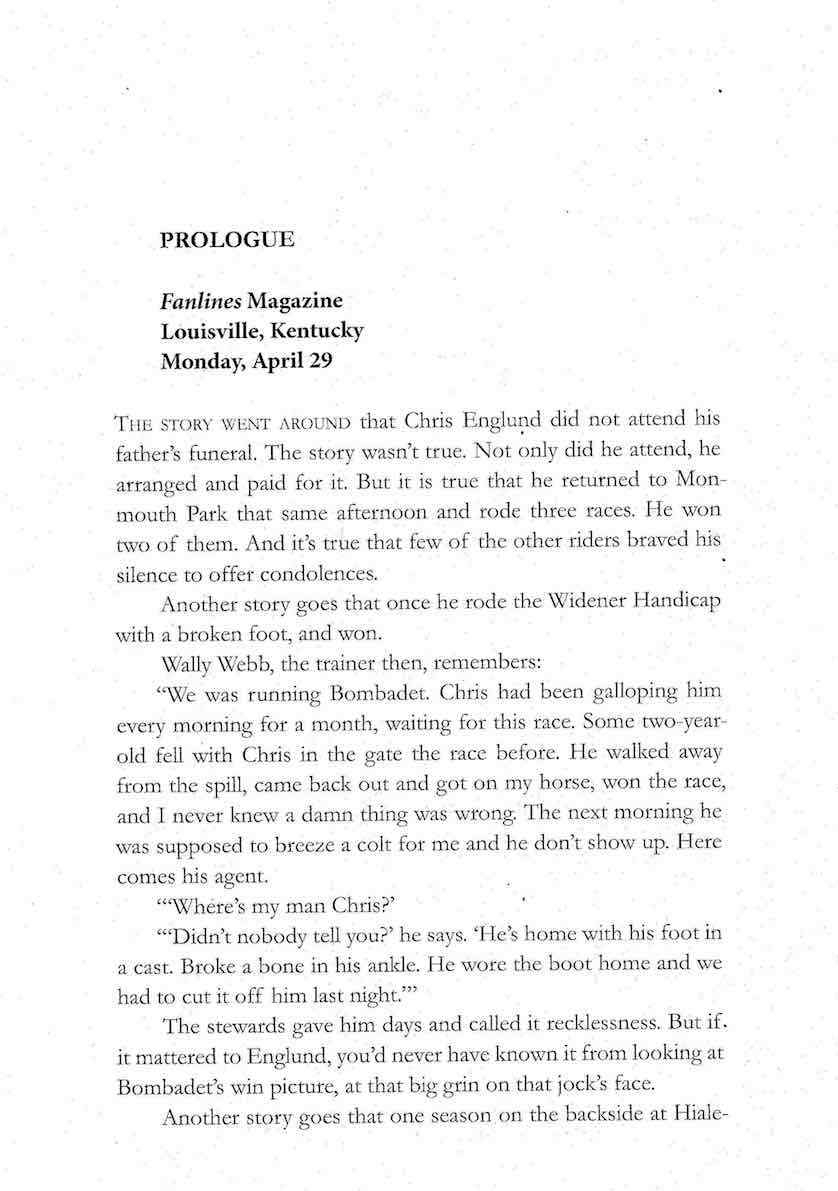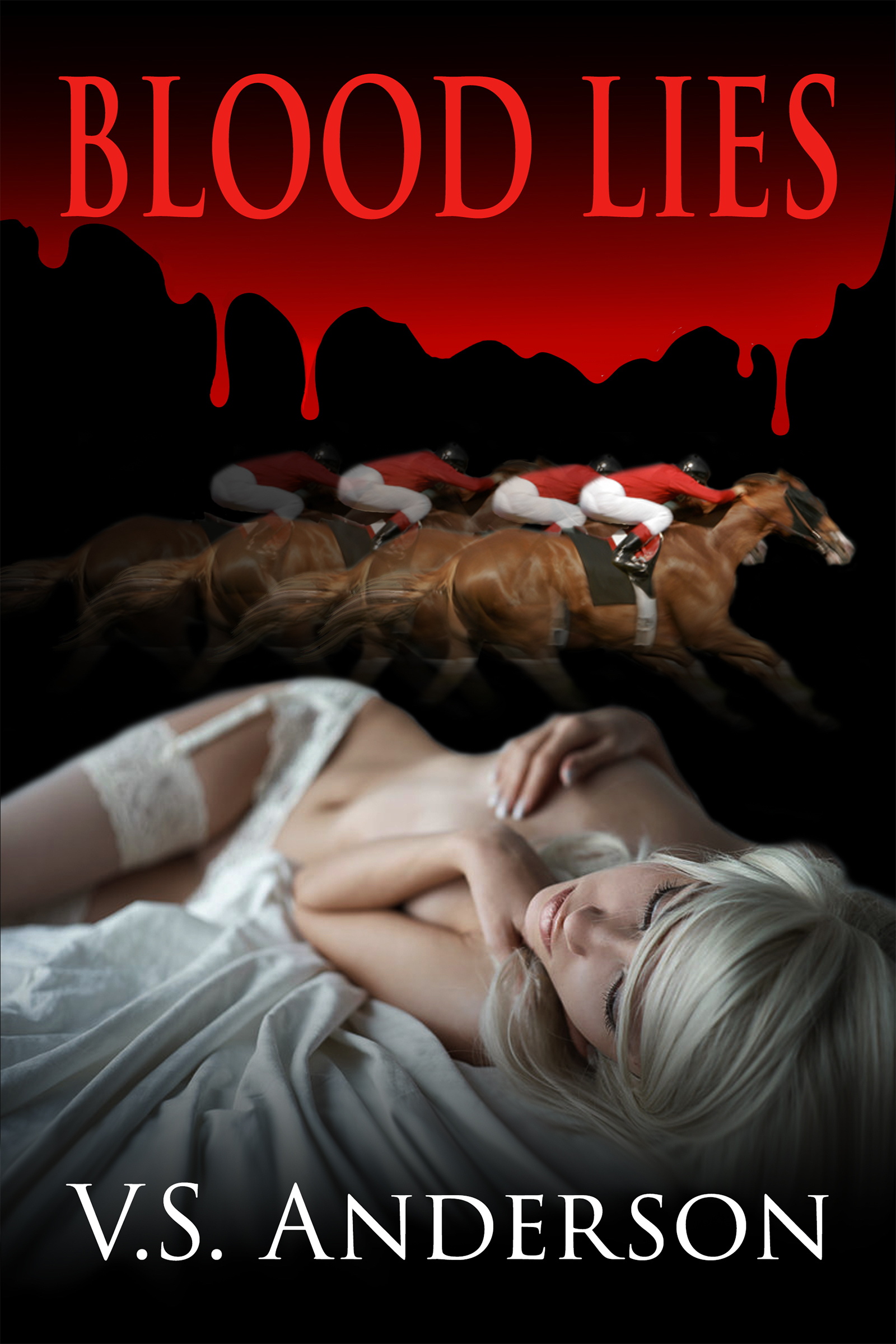A Facebook acquaintence suggested I try GetCovers in my quest to see how a new cover affects sales of my two earlier horse mysteries, King of the Roses and Blood Lies. The price was astonishing, to say the least: $35 for the ebook and paperback package. Certainly worth a try!
GetCovers is part of the “Miblgroup family of brands,” which, my author friend wrote on FB, has a somewhat pricier line of covers, but one that is still highly affordable (starting at $100). It would be interesting to know how the services differ: for example, whether the extra expense gives you access to a different group of designers, perhaps with more experience. Anyone know?
I can report that the experience was positive. A major plus: they were fast. I received my first drafts within a week, and subsequent revisions arrived within a few days. The final cover for King of the Roses (below) was okay, well worth a try to see if it earns more clicks in my ad campaigns. After an off-base first submission (the persona of the woman was too cruel and scheming), I supplied the image of the woman; this is the same image as the one on the prior King of the Roses cover, though that designer did some tweaking to soften the woman’s stare a little.
The only indication I had that the designer was just possibly inexperienced occurred in the back-cover text. In the first paperback submission, the first short paragraph contained multiple hyphenations. I indicated that I’d rather not have hyphenations in this short text and suggested centering the blurb to remove them. In the next submission, the text had been centered, removing hyphenation from the top paragraph—but introducing it into the second! I suggested using strategic returns as necessary to force the breaks to appear between words rather than inside them. I believe the final version used spacing to achieve the necessary result.
Because the process was so quick, these corrections took only a single weekend.
In any case, I will go back to GetCovers for an experimental revision to my Blood Lies cover. At such a reasonable price, I can afford to give it a try.






 You’ve got a fantastic idea for a novel. It’s been hanging around for quite a while, knocking inside your noggin. The idea keeps saying, “Let me out! Release me! Put me in a book!”
You’ve got a fantastic idea for a novel. It’s been hanging around for quite a while, knocking inside your noggin. The idea keeps saying, “Let me out! Release me! Put me in a book!”

 This post from Bookends Literary about
This post from Bookends Literary about 

 Over at Writers in the Storm, an extremely useful writers’ site, Ellen Buikema touches on a topic I’ve seldom seen addressed in the many blogs I follow:
Over at Writers in the Storm, an extremely useful writers’ site, Ellen Buikema touches on a topic I’ve seldom seen addressed in the many blogs I follow: 




